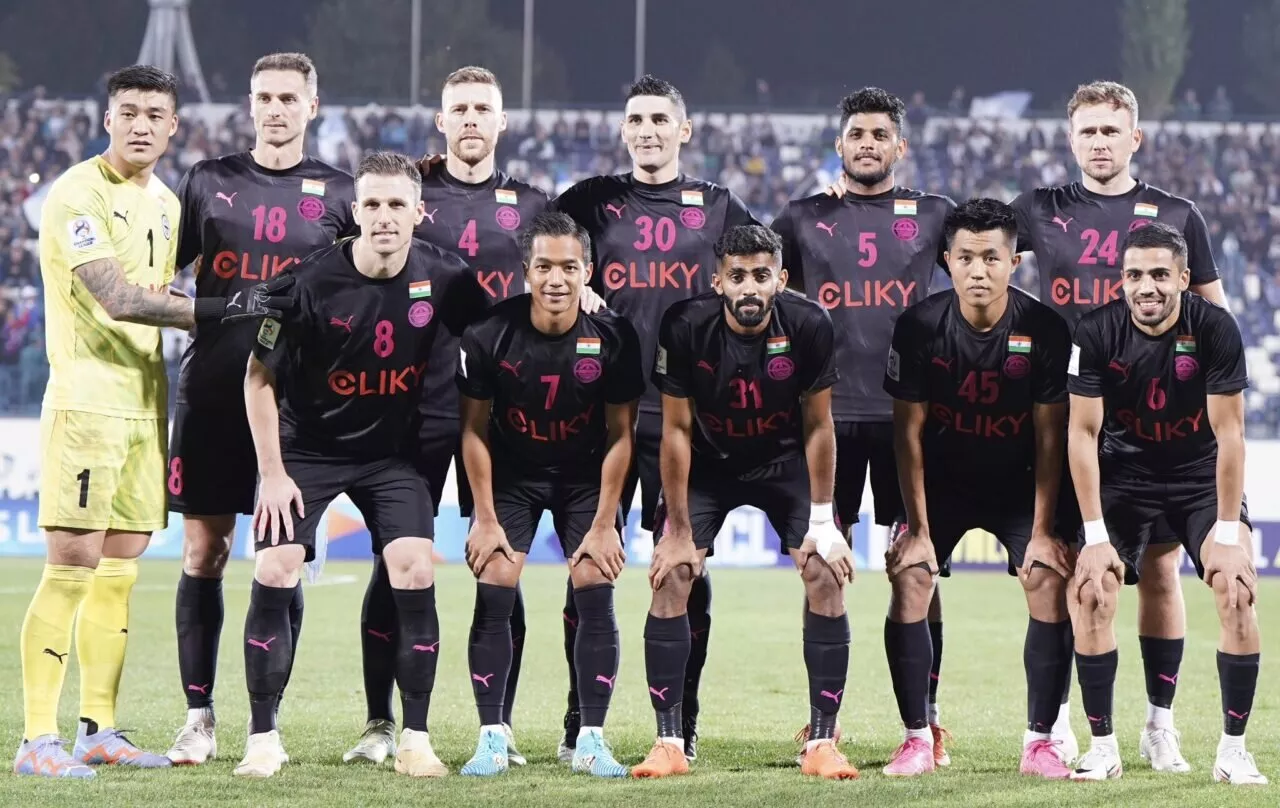How new AFC club competition structure will help Indian clubs

AFC's current two-tier structure is soon to cease, which seems like bad news for Indian football clubs.
Asian Football Confederation (AFC) will restructure the men’s football continental competitions from the 2024-25 season onwards. Instead of the two-tier system consisting of the AFC Champions League and the AFC Cup, there will be a three-tier system with a new competition set to be introduced along with the ACL and the AFC Cup.
The top-tier will hence be termed the AFC Champions League Elite (ACLE), consisting of the top 24 teams in Asia. Below the ACLE, there will be AFC Champions League 2 (ACL2) which will consist of 32 teams divided into eight groups of four teams each. At the bottom of the three-tier continental competition structure will be the AFC Challenge League (ACGL), consisting of 20 teams divided into five groups of four teams each.
What does it mean for Indian clubs?
The new AFC competition structure comes with disappointing news for Indian football. With the new structure in place, no Indian club will participate in the top tier due to India’s coefficient rank in Asian footballing nations. Subsequently, this makes Mumbai City FC’s participation in the AFC Champions League 2023-24, the last for an Indian club for the foreseeable future.

India will get two spots in the second tier, one direct spot in the group stage and the other in a qualifier. The winner of the league stage of the Indian Super League will earn a direct entry into the ACL2 group stage and the winner of the Super Cup will earn a playoff qualification spot where a victory will ensure the group stage qualification.
The loss of a top-tier spot is due to the Indian football clubs' disappointing performances in continental competitions. Only consistently performing well at the continental stage can improve India’s coefficient ranking in Asian footballing nations and earn an ACLE qualification spot.
Bane or Boon?
Looking at the AFC Champions League performances by FC Goa and Mumbai City FC in the 2021 and 2022 seasons respectively, both clubs failed to go past the group stages. While some of their performances saw determination and bravery, the results were disappointing as the other Asian clubs were far superior in quality.
Furthermore, Mumbai City FC has lost the opening two group fixtures in the ACL 2023-24, 0-2 to Nassaji Mazandaran and 3-0 to Navbahor, respectively. With a meeting against Saudi heavyweights Al-Hilal (which includes the likes of Neymar and Ruben Neves, etc) in the store, one can only imagine how that will turn out.
It is fair to say Indian clubs have a long way to go in order to compete at the top-tier of Asian club football. The objective now, should be to have two teams in the second-tier consistently going into the business end where the competition will be slightly less intense.
It will help the Indian clubs avoid embarrassing defeats and build a reputation by scoring wins against other Asian clubs, assumingly in the second-tier. In the short term, the restructuring is a bane for Indian club football as it faces a demotion and may push foreign players to not opt to play for them. However, it certainly looks to be helpful in the long run as it will inspire Indian clubs to improve the quality of their squad and perform well consistently on the continental stage.
Waseem is an AIFF-certified football coach and holds a degree in English Literature. He combines skills from both fields to write engaging content and uses factual data, such as statistics, to back his arguments. His expertise in sports is reliable due to his experience as a professional player, a coach, and an educator.
- Angola vs Egypt: Live streaming, TV channel, kick-off time & where to watch AFCON 2025
- Al Shabab vs Al Qadsiah Preview, prediction, lineups, betting tips & odds | Saudi Pro League 2025-26
- Manchester City injury news: Players out, potential return dates, predicted lineup for Sunderland Premier League clash
- Gabon vs Ivory Coast Preview, prediction, lineups, betting tips & odds | AFCON 2025
- Top five rare highs of Indian football in 2025
- Top six quickest players to reach 100 Bundesliga goal contributions; Kane, Aubameyang & more
- Top three highest goalscorers in French football history; Kylian Mbappe & more
- With ₹19.89 crore bank balance; AIFF & Indian football standing on edge of financial collapse?
- AFCON 2025: All nations' squad list for Morocco
- Zlatan Ibrahimović names one of Lionel Messi’s sons as his “heir”